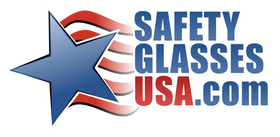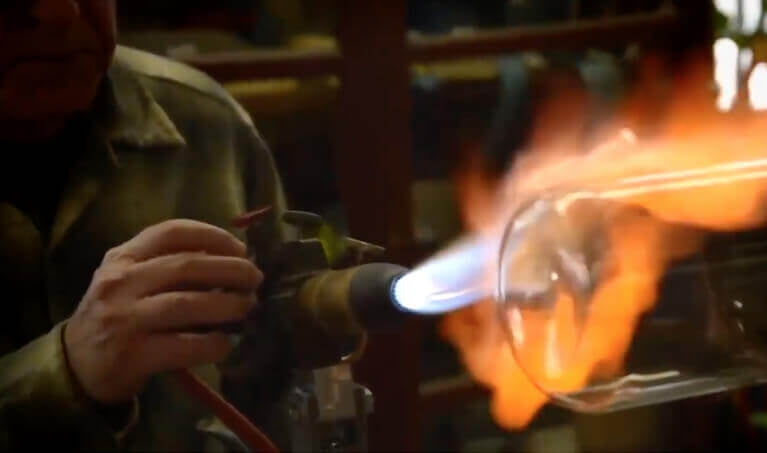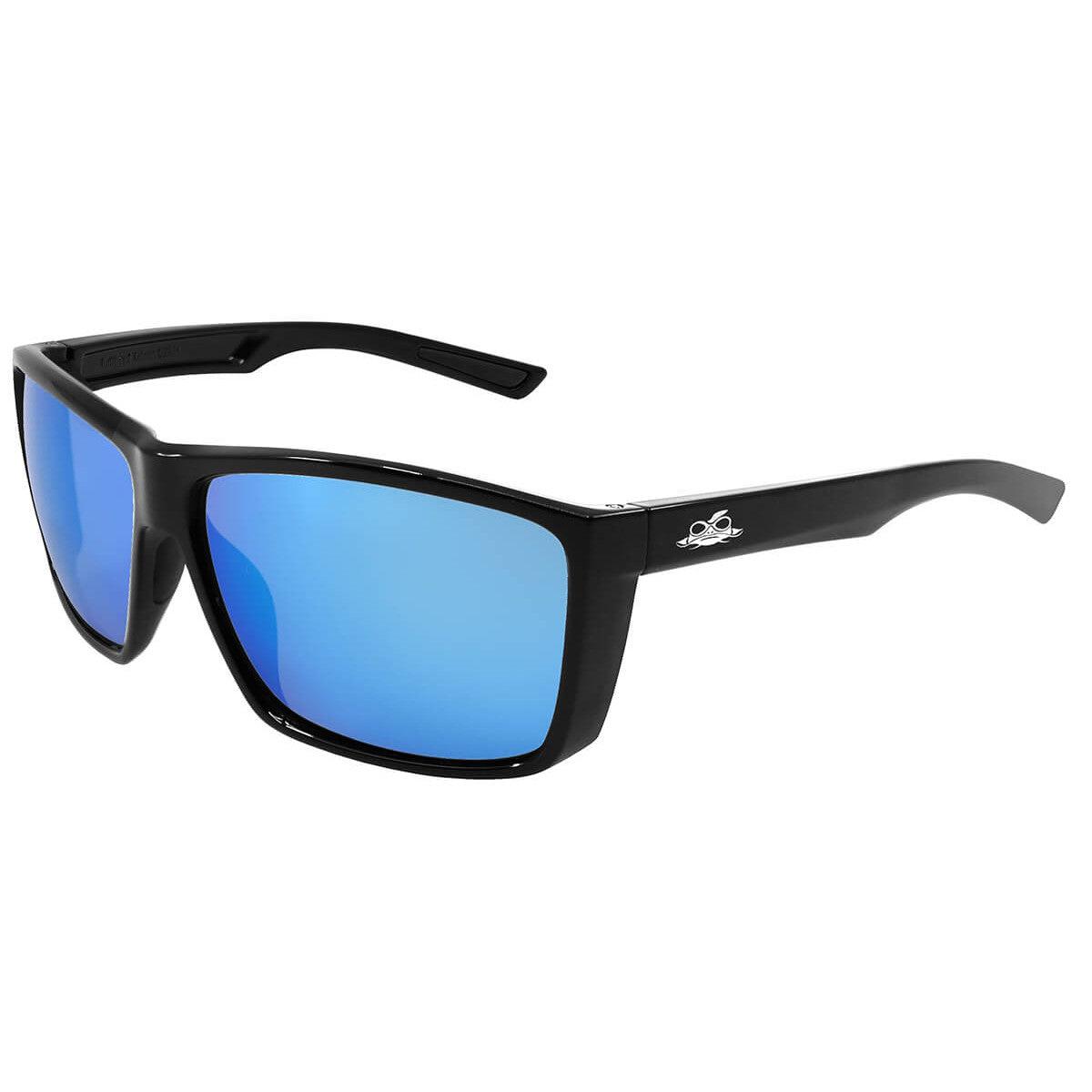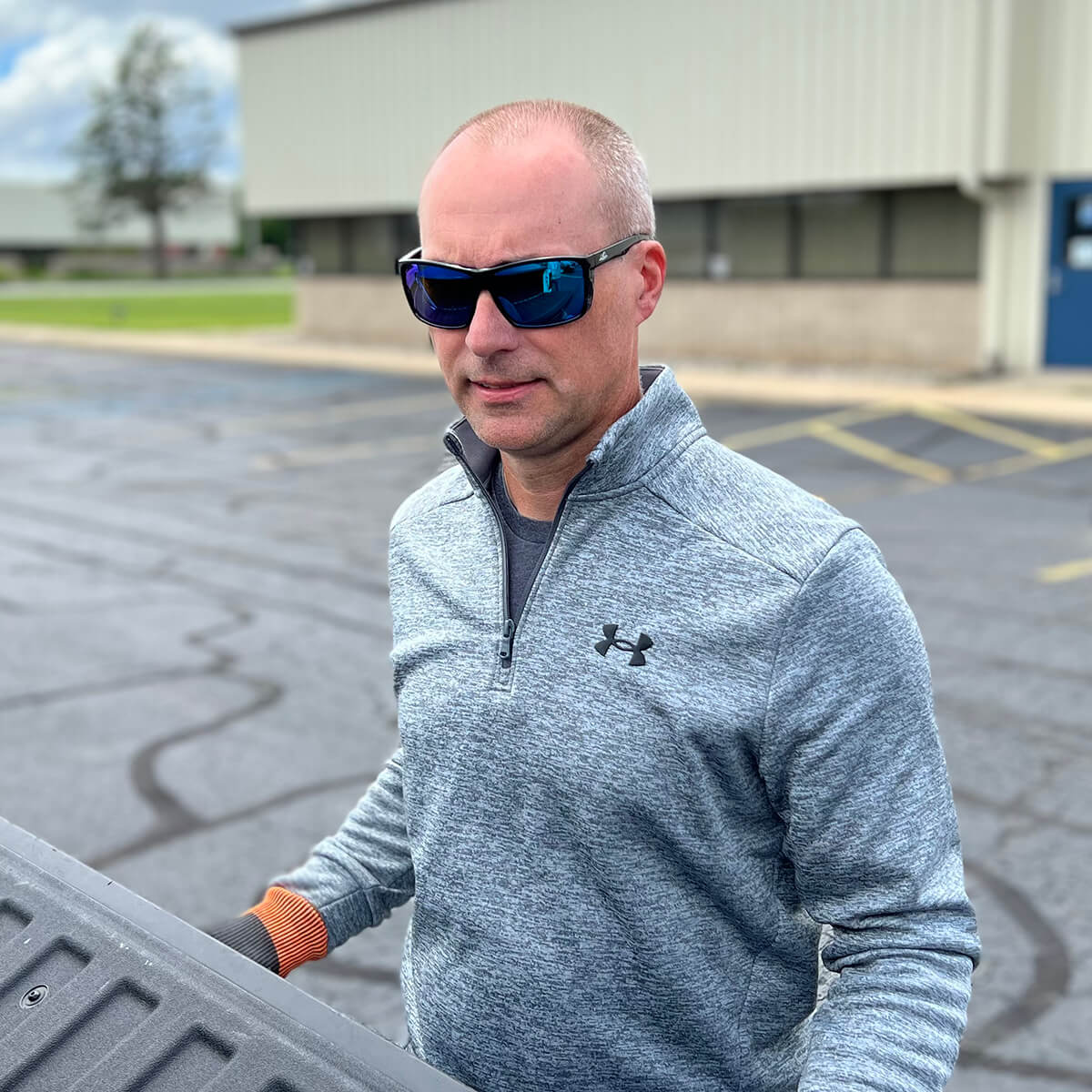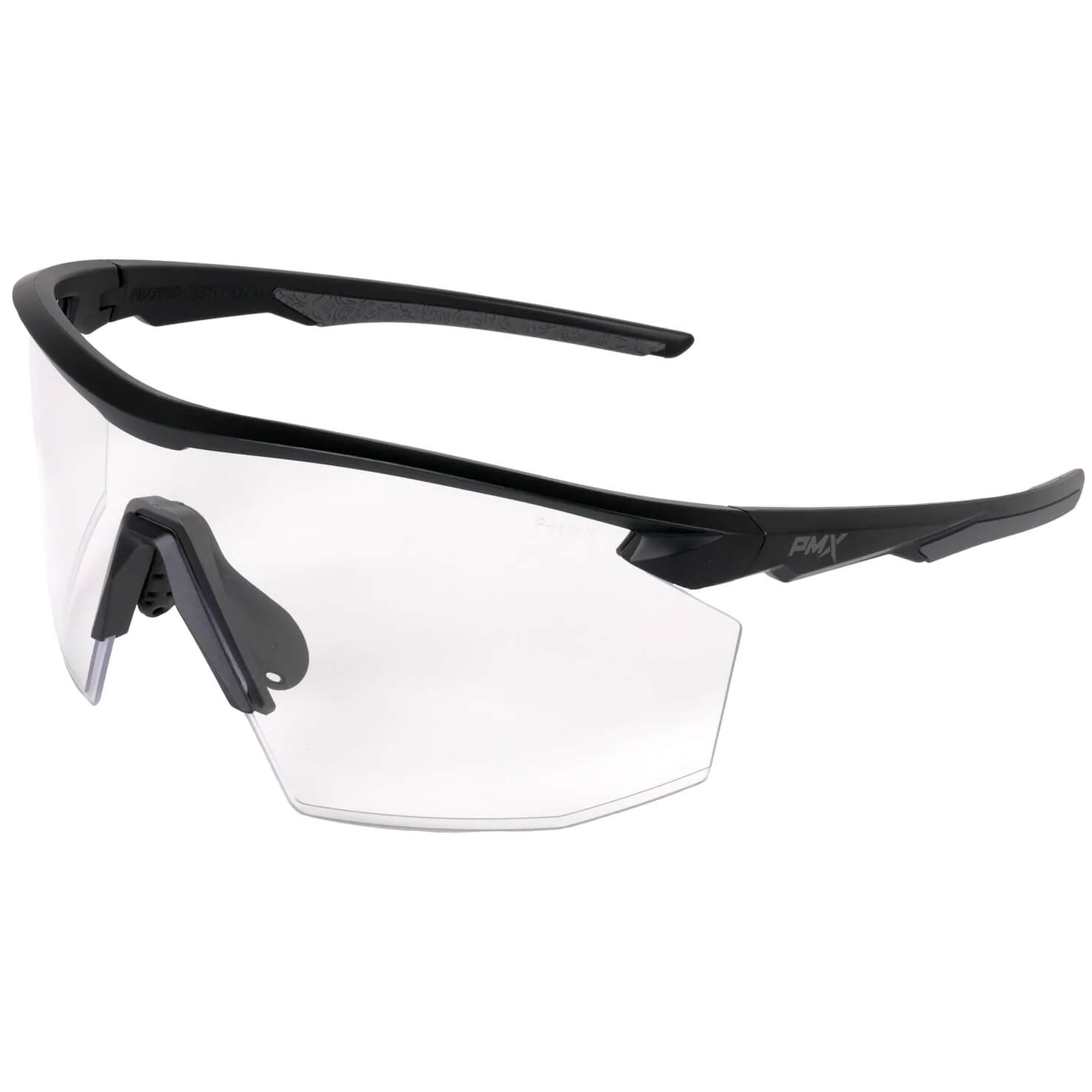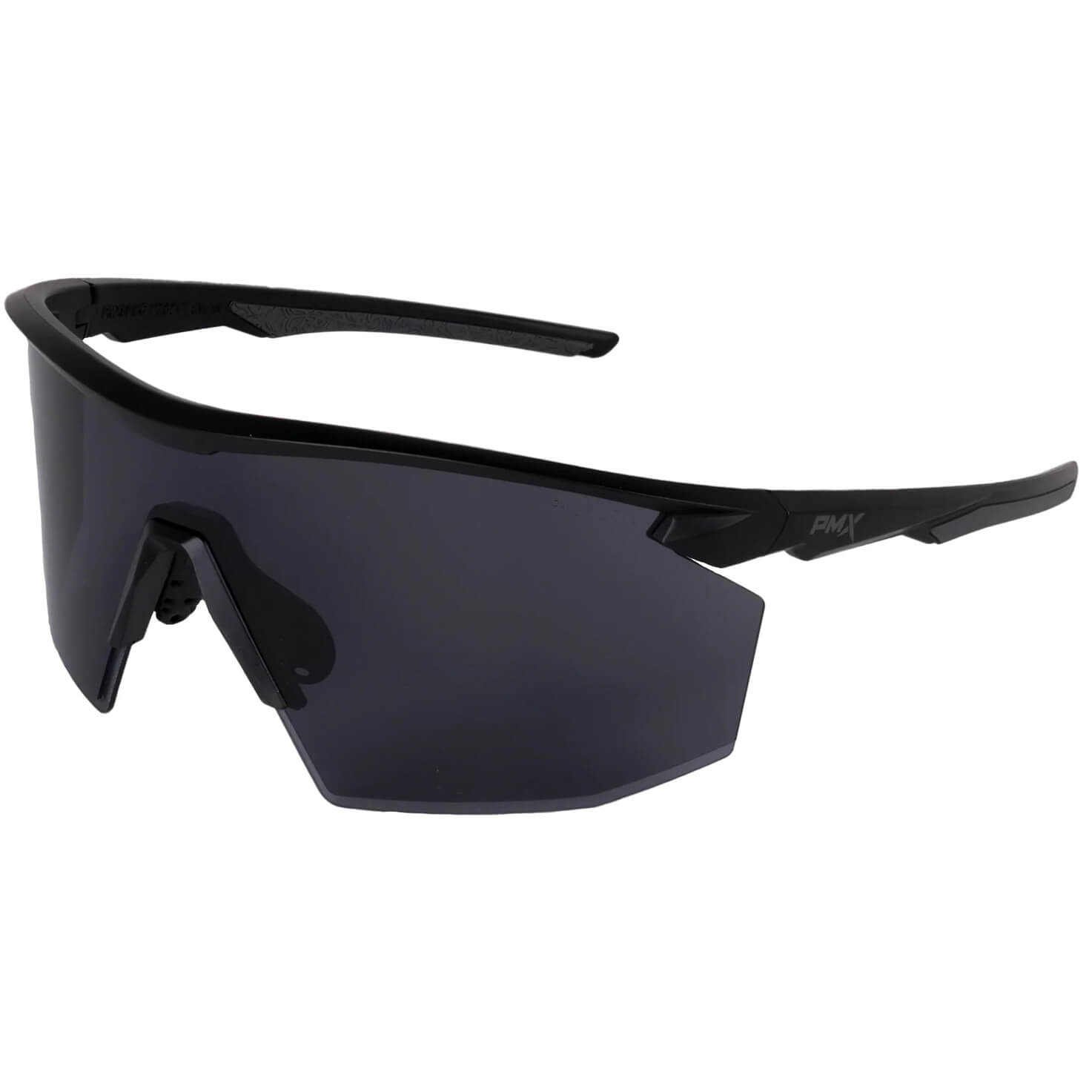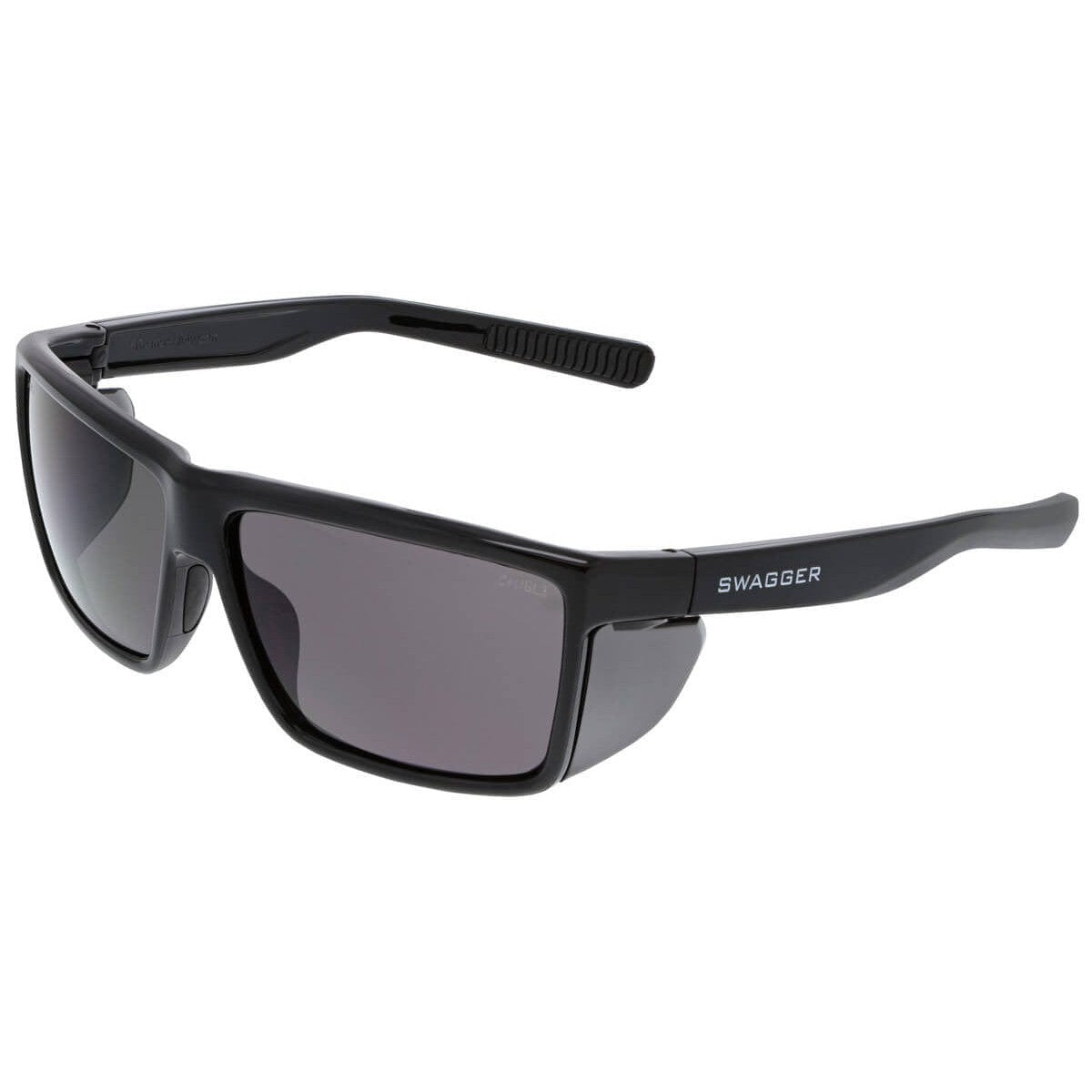Glassworking includes a variety of artistic and scientific applications, from bead-making and torchwork to soft glass and borosilicate to quartz and pyrex. People work in glassmaking professionally as an artisan, in industry, or as hobbyists.
Several hazards are paramount considerations with glassworking. The most significant one is obvious, the heat. A glassworker must understand heat's long-term effects on the human body and take precautions to stay safe and healthy.
In addition to the hot glass, hazards from high temperatures come from furnaces operating at very high temperatures, often above 2000 degrees, and work areas that can get up to 130 degrees. Because of the continually intense heat, hydration is crucial. Burn prevention is also essential, as are precautions regarding the various chemicals involved.
Specific precautionary measures are a given in glassblowing simply because of the heat factor. These include wearing safe working clothes, good ventilation, and quality eye safety gear.
Glassblowing Eye Safety
In addition to the potential for eye injury from shattered glass or impact of other objects, precautions must also be considered for:
- Filtering yellow sodium flares from heating sodium compounds in the glass.
- Blocking ultraviolet (UV) and infrared (IR) light.
- Protecting against overall intense light.
The main concern lies with the long-term effect of these hazards on the eyes.
“[Glass]workers should be made aware that they should avoid prolonged viewing of molten glass radiation emission through inappropriate filters to minimize unanticipated cumulative effect of chronic optical radiation injury on the eye.” (Occupational exposure to optical radiation)
Essentially, the type of glass determines the type of lens needed. For example, borosilicate glass (Pyrex) requires didymium lenses because they filter out the intense yellow light emitted by the heated glass. Another example is quartz glass, which requires a welding shade of 6 or 8 because it is heated to a much higher temperature and produces a significant amount of harmful radiation (IR and UV).
While there is safety eyewear for glassblowers, no one pair protects every situation.
“Variation exists in the levels of ocular radiant exposure of glassblowers, and no single protective filter lens could be exclusively used for all the different operations in the glassblowing industry.” (Glassblowers’ ocular health and safety)
Glassblowing Safety Eyewear
Available soon at Safety Glasses USA are Phillips Hot Glassworking Eyewear. This includes prescription and non-prescription safety eyewear to meet the needs of every type of hot glassworking application and associated arts.
This Phillips line includes the following features:
- Glass lenses of optical-quality, German glass.
- Plastic lenses are of optical quality and scientifically engineered for the best visibility in their class.
- Lenses for IR, UV, and sodium flare protect in various shades and coverages.
Phillips glassblowing eyewear is available in various lens options for meeting the needs, and hazards specific to the types of glass glassblowers work with.
Examples include:
- Phillips 202 – Blocks UV and sodium flare. Used with torch work for bead making and silver soldering. The lens is often referred to as "rose glass" or "didymium."
- BoroView 3.0 – Blocks IR and sodium flare. Shade 3.0 for smaller torchwork with borosilicate glass such as marbles, pendants, and clear glass.
- BoroView 5.0 – Blocks IR, UV, and sodium flare. Shade 5.0 uses include borosilicate torchwork such as large vessels, colored borosilicate, and torchwork with thick rods.
- Quartz Working Glasses – Used when working with quartz glass. The darker shade on the bottom allows ample protection from high-temperature torches. The lighter shade on top provides better vision when not needing such protection.
- Split lens glasses – Available in various combinations of the Phillips 202, Green IR 3.0, and Green IR 5.0. Used when frequently switching between different types of protection.
In addition to the various shade options, Phillips also offers several frame options. These include wraparound, goggles, metal, face shields, visors, and frames for children.
For more information on safety eyewear for glassblowers, check out this video from Phillips.
